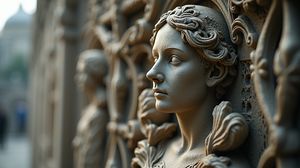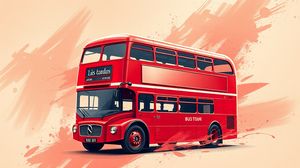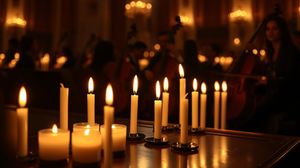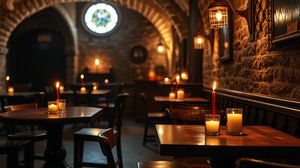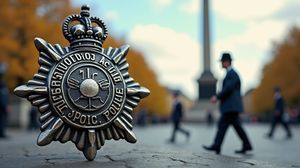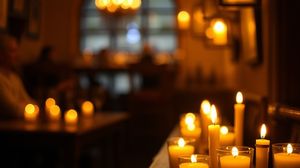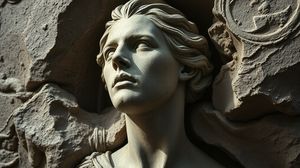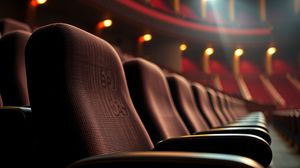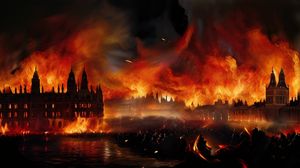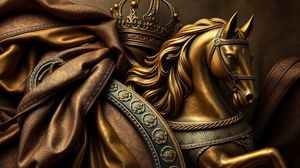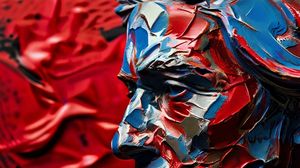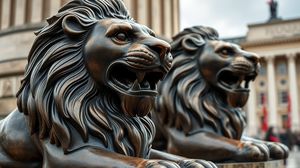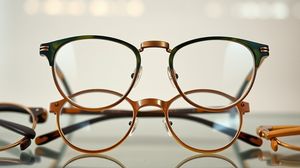
The British Optical Association Museum, located in London, offers a fascinating glimpse into the world of optics and the history of vision aids. Established in 1901 as part of The College of Optometrists, this unique museum is among the oldest dedicated to the field of ophthalmic optics. Although housing a range of collections, it is not located in Fitzrovia, but rather near Trafalgar Square at 42 Craven Street.
Home to a staggering collection of over 20,000 items, the museum includes an array of spectacles, lenses, visual aids, and optical instruments, illustrating the evolution of eyewear over centuries. These artifacts reveal the scientific advancements and cultural shifts in our efforts to enhance vision.
One particularly intriguing exhibit features early contact lenses, which were originally crafted from heavy blown glass. These early prototypes highlight the lengths to which inventors went to improve visual technology. Seeing their development offers a visceral sense of how far optometry has advanced.
The museum's extensive collection of spectacles includes examples dating back to the 16th century. Many of these pairs demonstrate the unique craftsmanship and styles that were popular in different eras, making them both practical devices and fashion statements of their time.
Aside from visual aids, the museum holds a quirky array of ophthalmic quackery, including curious remedies and odd gadgets that reflect the more unusual and experimental side of vision correction throughout history. These items provide genuine insight into the weird and wonderful attempts made in the name of eye care.
The museum is housed within the historic College of Optometrists, a Grade II-listed Georgian townhouse, which adds to the charm and historical ambiance of the visit. The building itself has architectural and historical significance, offering an additional layer of interest for visitors.

Making the Most of Your Visit:
Explore the quirky ophthalmic quackery section to discover some of the most unusual and fascinating attempts at vision correction from the past; it's like a hidden gem within the museum!
Take a moment to admire the detailed craftsmanship in the spectacles collection. Look out for the pairs from the 16th century, they're not just practical but also stunning pieces of art.
Don't miss the chance to see the early contact lenses—crafted from heavy blown glass—these are a real eye-opener into the lengths people have gone to improve vision.
Pay attention to the building as well. The museum, set in a Georgian townhouse, is architecturally significant and adds a rich historical layer to your experience.
If you're fascinated by how optical instruments have evolved, spend some time with the collection of lenses and visual aids—they offer a brilliant insight into the scientific advancements made over the centuries.

Visiting Times & Costs:
The British Optical Association Museum is not located in Fitzrovia; it is near Trafalgar Square. As part of The College of Optometrists, the museum is open to the public by appointment only. Guided tours are available, but must be arranged in advance. This means there are no regular opening hours, and visits are subject to availability.
Entry to the museum is free, but donations are appreciated to support the preservation and exhibition of the collection.
As the museum is housed in a Grade II-listed building, there may be some accessibility challenges. Visitors with specific accessibility needs should contact the museum in advance to discuss how they can be accommodated.

Address & Map:

Nearby:


